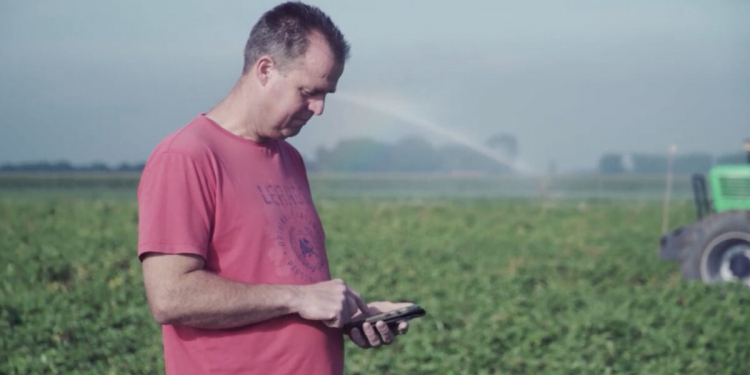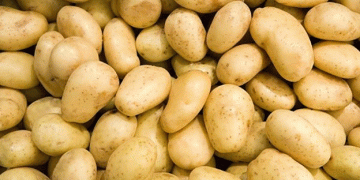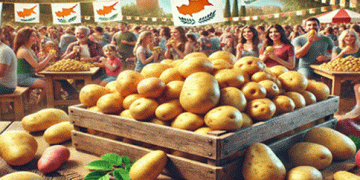A good agronomist tends to end up being a precision or technology manager for the company. This makes sense because precision ag is simply applying agronomic principles at a higher resolution using technology.
We’ve bioengineered traits into our seeds, optimized our chemistry and inputs, and our equipment is on the verge of driving itself around the field – what’s left?
A lot, actually. It always really surprises me when people talk about the farm economy as if we’re close to being “done” with the relentless drive to optimize. While a lot of the inputs we use on our farms has seen a dramatic advancement and improvement in the last two decades, the way we manage our farms really hasn’t changed much since the 1970’s and 80’s.
I was talking with a large grower in the midwest last year about how their operation handles the day to day of keeping workers on track and he pulled out a paper work order that had been typed into Microsoft Excel, printed out, and given to the worker to fill in with a pen before being stashed on a pile somewhere in the farm office. He joked that the only part of the equation that had changed in 40 years was color printing. And from all of my experience in working with farms and farmers, this is pretty much the norm.
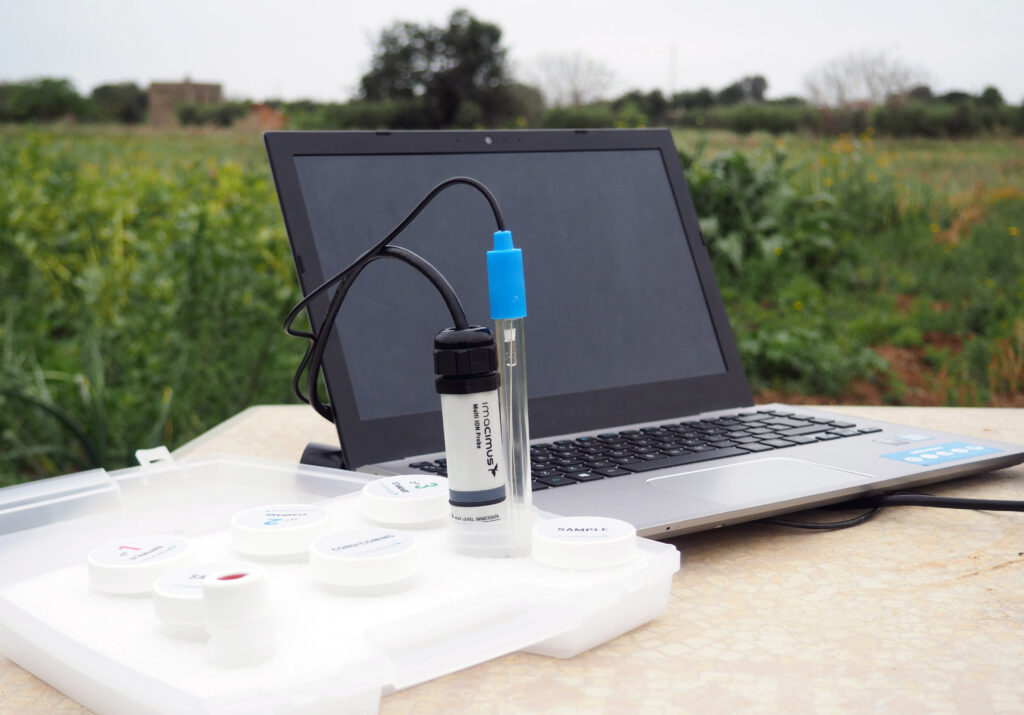
Once you really stand back and look at how our farms run – all of the endless phone calls, scraps of paper, catch up conversations and check ins, it seems completely disconnected from the same industry that is constantly pushing for more, faster, better. It’s how we made American agriculture into the efficiency machine it is today, and yet it’s no wonder why we hear year after year that there is a labor shortage.
This is the core of what we’re working to make better with Shepherd. What if we thought about labor like we do everything else in agriculture? Do we really just need more workers? Or is that a lot like asking for more horses at the advent of mechanization?
Imagine what 15% greater “yield” would look like. That’s the kind of impact that’s at stake here.
Agriculture labor is one of those funny challenges that sounds almost boring at first but once you dive in, you realize it’s one of the most fascinating parts of our industry. It’s clear to me that solving this challenge is going to be the next frontier in efficiency gains in agriculture.
In ag retail one of the most common things I see is that whoever is a good agronomist tends to end up being a precision or technology manager for the company. This makes sense because precision ag is simply applying agronomic principles at a higher resolution using technology. What becomes the next most common thing though is that whoever is the precision manager usually ends up having all technology and digital responsibilities thrown at them as if it all falls into the same bucket. This is one of the biggest mistakes in ag retail today.
Many of the core digital technologies that a retail can leverage are not anchored in agronomy, but in the customer experience, staff efficiency and data utilization to augment the entirety of sales and operations beyond agronomy.
The skill set required to effectively identify and deploy these capabilities and technologies across an organization is anchored more in understanding how people think, understanding business operations and having an enjoyment of using data to discover uncovered opportunities in programs, customer segments or inefficient operations than simply agronomic services. This isn’t to say some agronomists don’t have a skill set to deliver on those opportunities – but to assume that because someone is competent with agronomic and precision technologies means they are interested in all technologies and can juggle all aspects of precision, agronomy and cross functional digital tools is not only a disservice to that individual, but the entire organization.
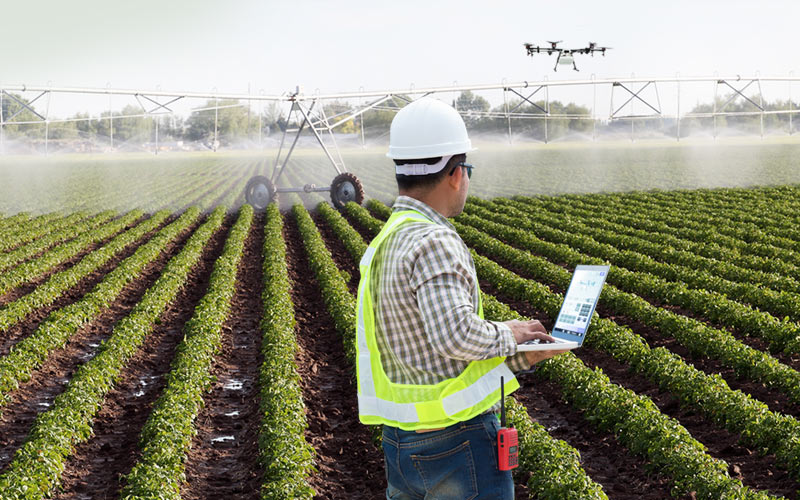
In ag retail we need to get comfortable with the fact that digital tools and infrastructure are not only here to stay, but an essential differentiator for your business indefinitely. In order to tackle this endeavour it is going to take identifying (or cultivating) someone (a team?) with a digital first mindset plus the interest, skill set and autonomy to think beyond agronomic and precision technologies and into how every cross functional department can become more effective, how customer experience can be amplified and how new revenue opportunities can be identified.
Digital capabilities are the foundation that underpin every business segment. Get used to it.
